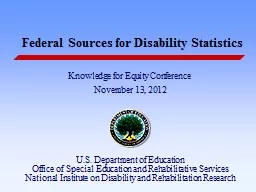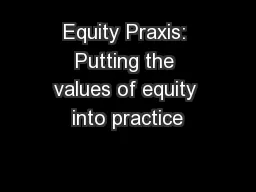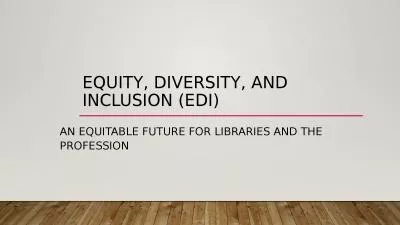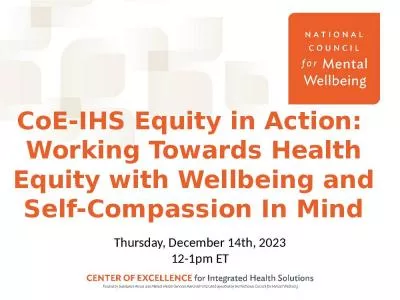PPT-Knowledge for Equity Conference
Author : sherrill-nordquist | Published Date : 2017-12-07
November 13 2012 US Department of Education Office of Special Education and Rehabilitative Services National Institute on Disability and Rehabilitation Research
Presentation Embed Code
Download Presentation
Download Presentation The PPT/PDF document "Knowledge for Equity Conference" is the property of its rightful owner. Permission is granted to download and print the materials on this website for personal, non-commercial use only, and to display it on your personal computer provided you do not modify the materials and that you retain all copyright notices contained in the materials. By downloading content from our website, you accept the terms of this agreement.
Knowledge for Equity Conference: Transcript
Download Rules Of Document
"Knowledge for Equity Conference"The content belongs to its owner. You may download and print it for personal use, without modification, and keep all copyright notices. By downloading, you agree to these terms.
Related Documents














